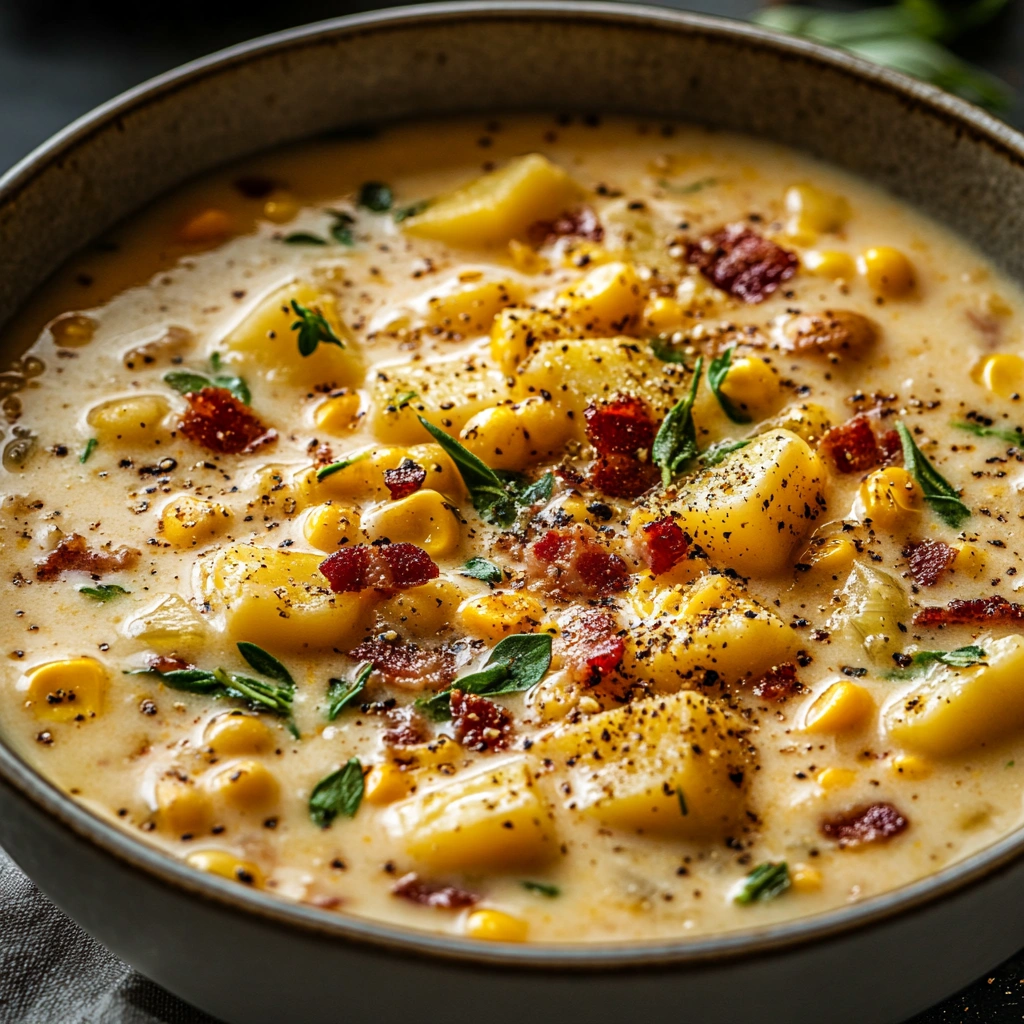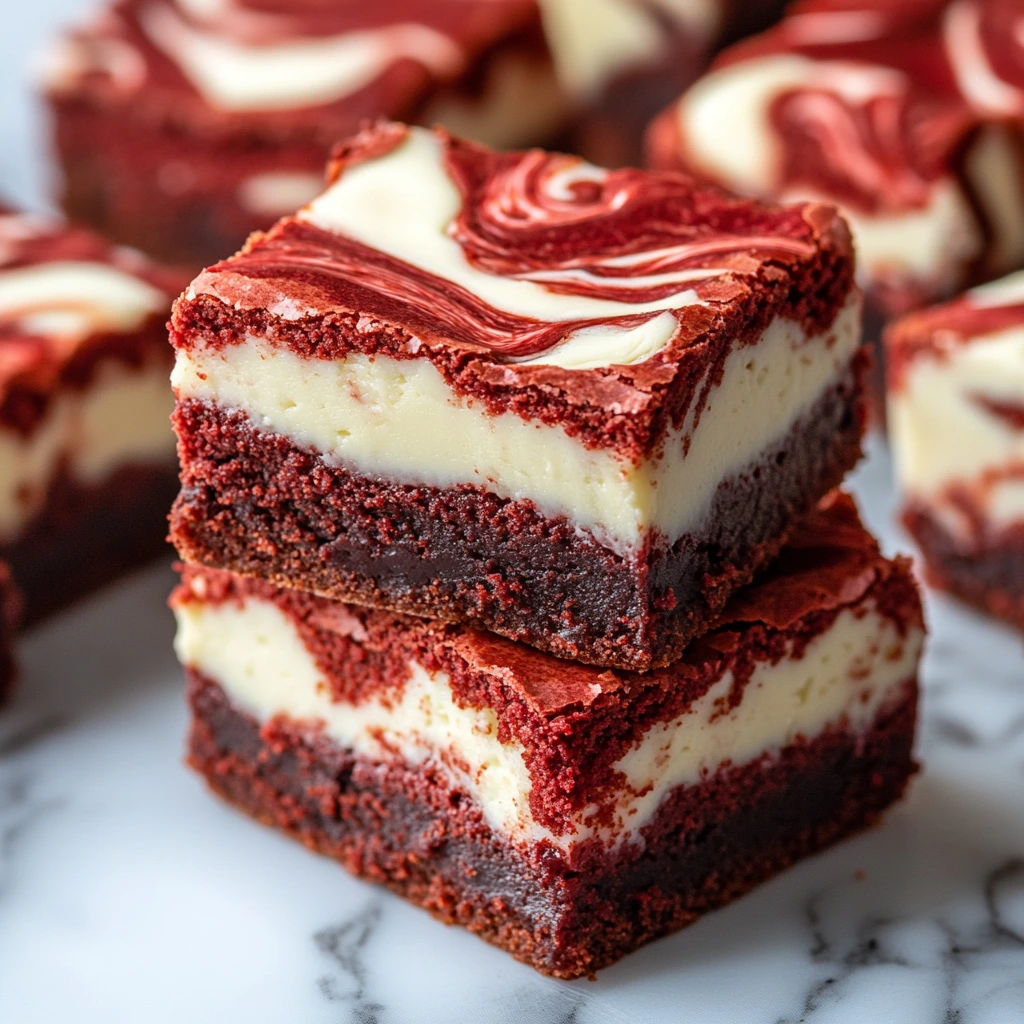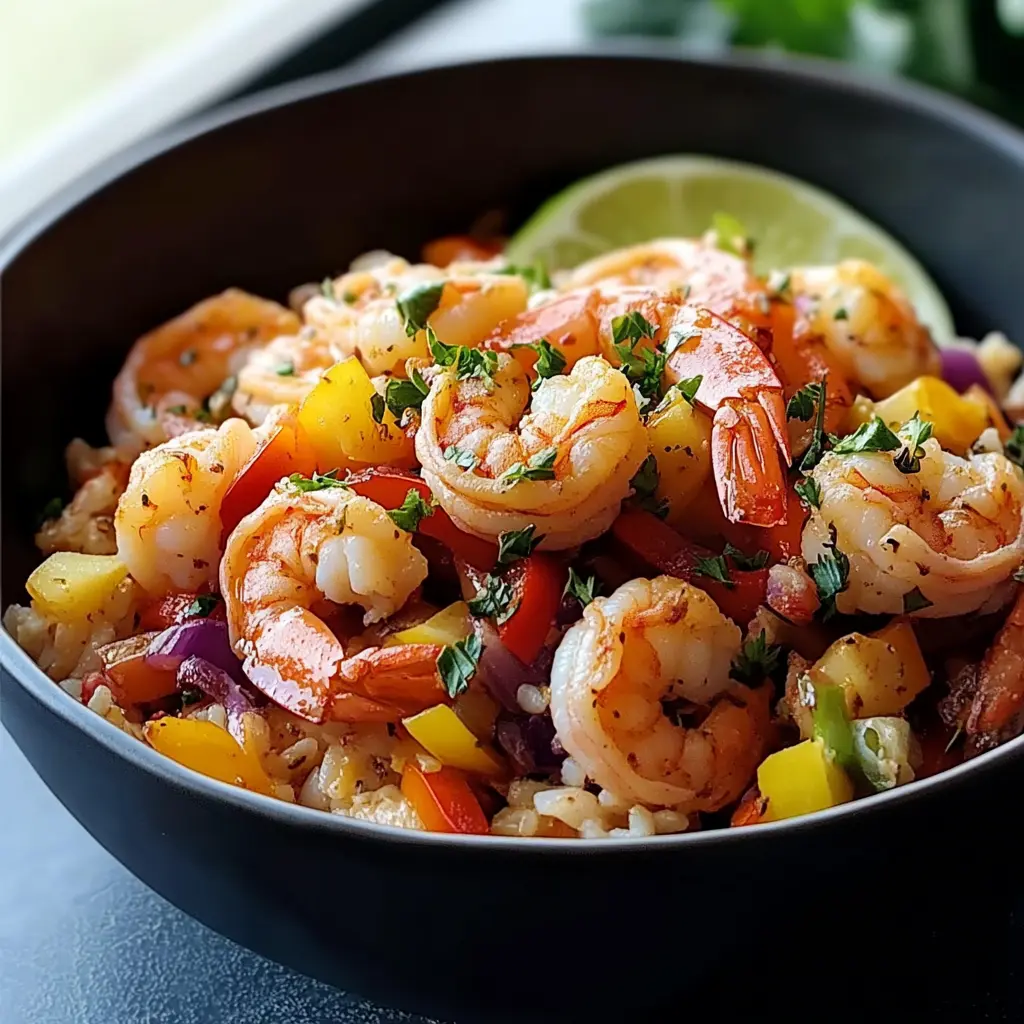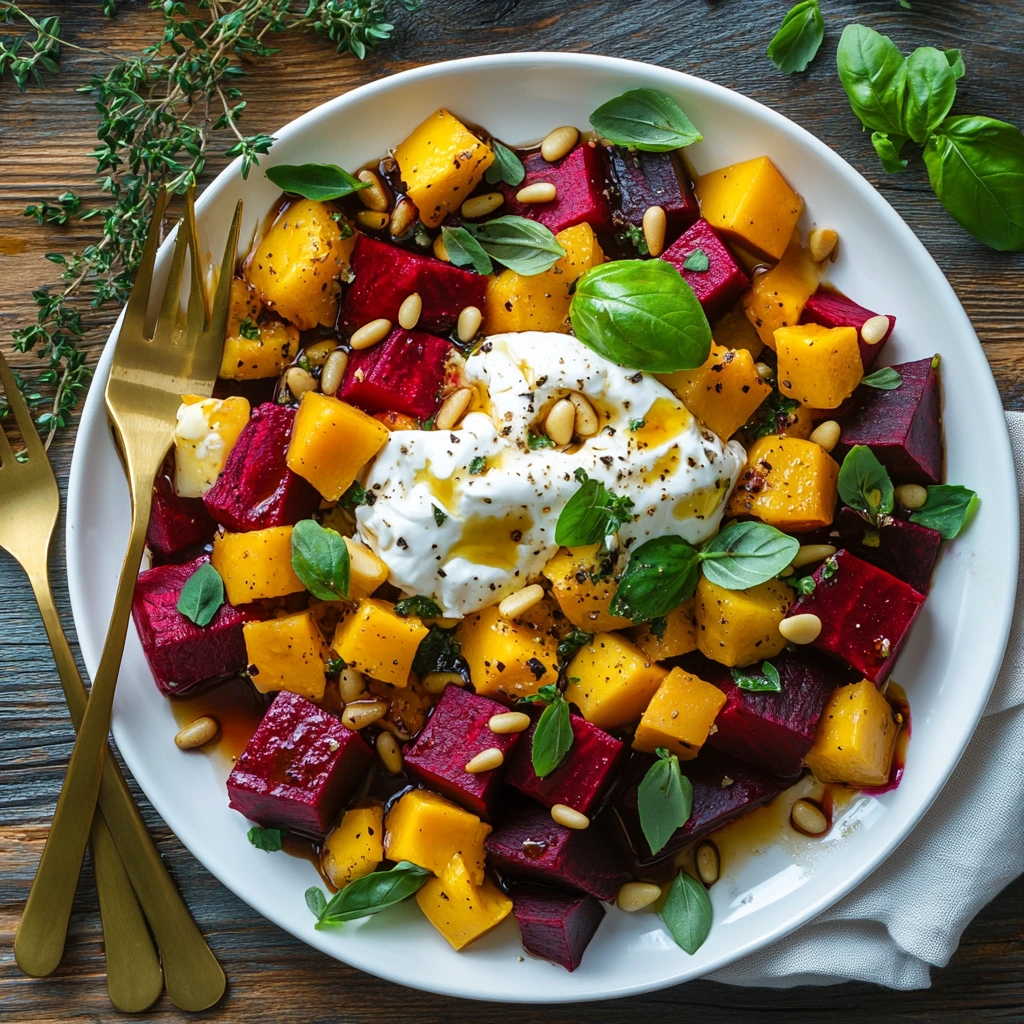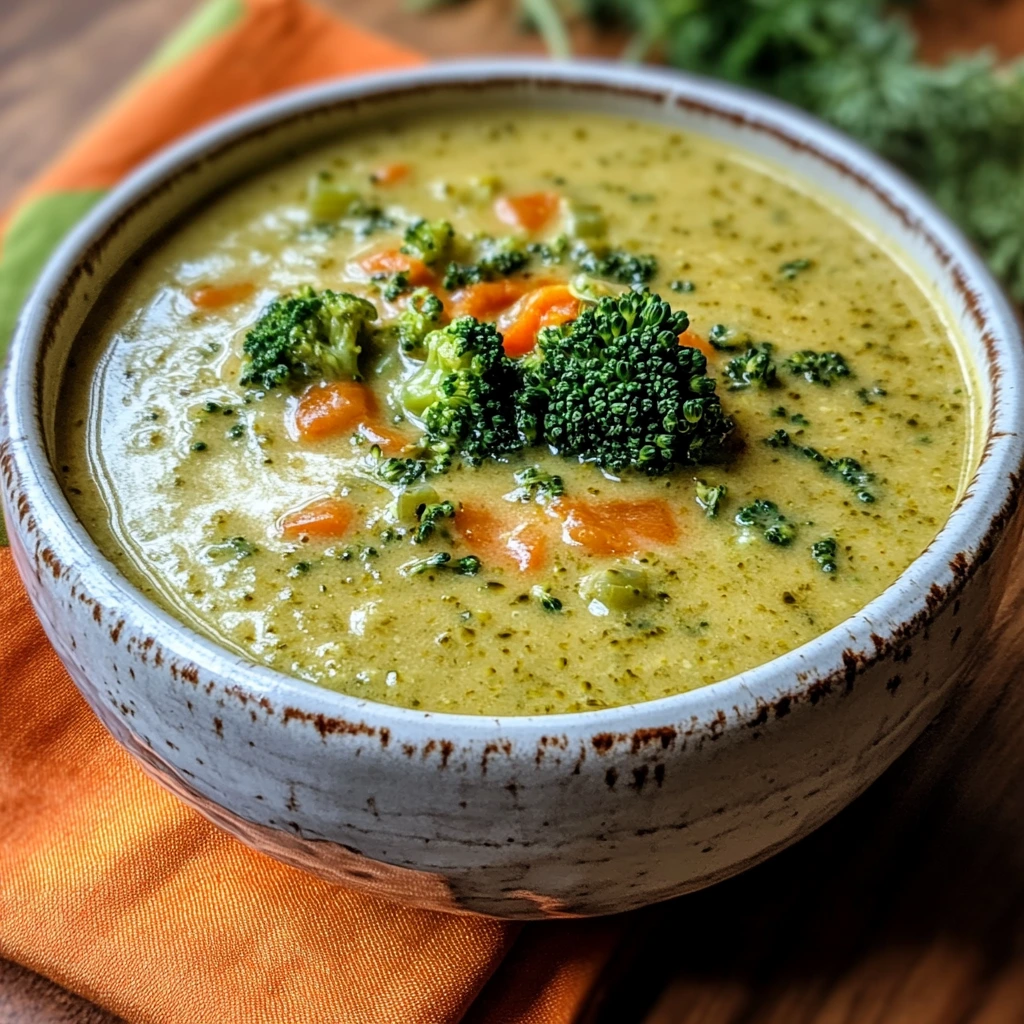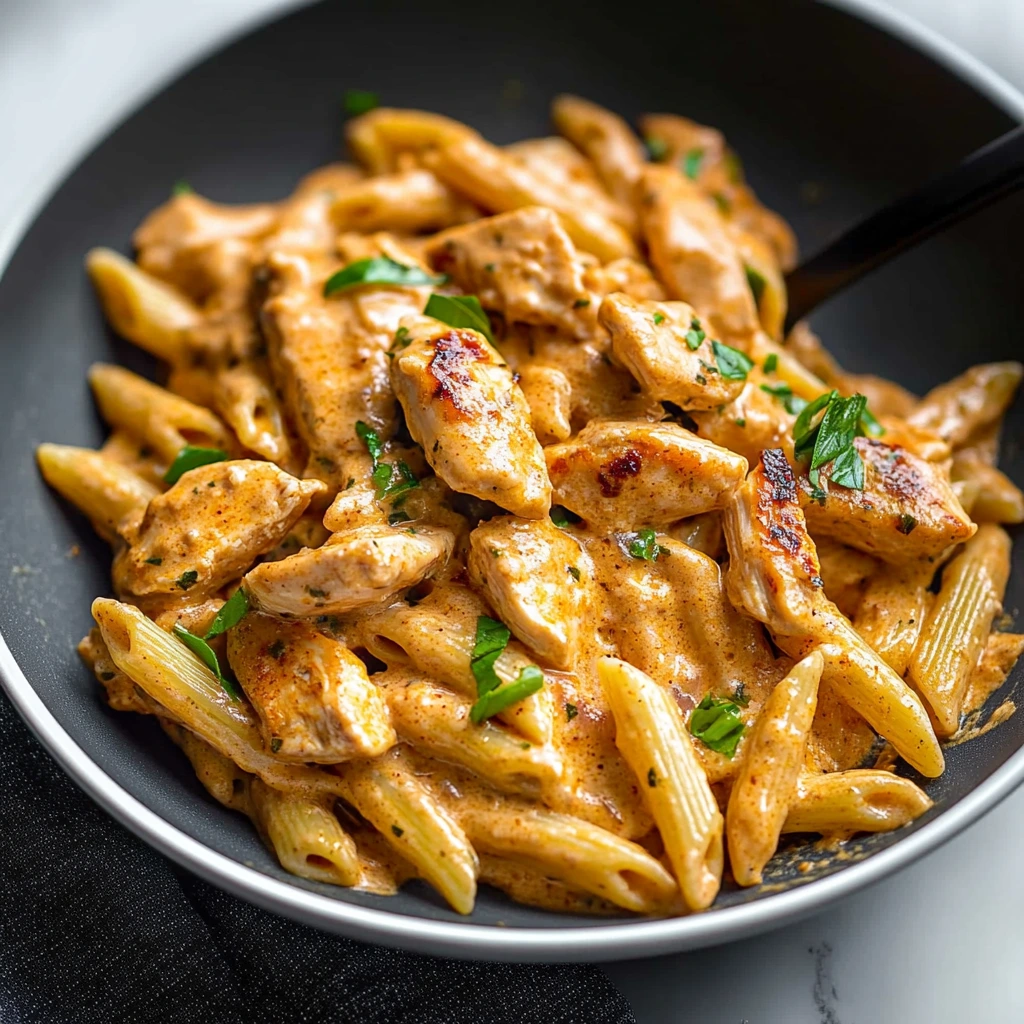Summer corn chowder is a warm-weather twist on the classic, hearty soup that showcases one of the season’s freshest ingredients—sweet corn. Unlike its heavier winter counterpart, this version is light, vibrant, and bursting with the natural sweetness of peak-season corn. It blends the creamy comfort of traditional chowder with the brightness of summer produce, creating a dish that’s both satisfying and refreshing.
Perfect for backyard dinners, potlucks, or quick weeknight meals, summer corn chowder brings together simple ingredients like potatoes, onions, and herbs to let the corn shine. While it’s often served warm, this chowder can also be enjoyed at room temperature, making it ideal for warm days when you don’t want a piping-hot bowl of soup.
Whether you’re harvesting your own corn or picking it up from a local market, this recipe captures the essence of summer in every spoonful.
Why You’ll Love This Recipe
This summer corn chowder is everything you want in a seasonal soup: comforting, fresh, and incredibly easy to make. It’s a perfect balance of creamy and light, with bursts of sweet corn in every bite. You can make it vegetarian, vegan, or load it up with smoky bacon or shrimp for added richness.
Ready in under an hour, it uses simple, pantry-friendly ingredients and is highly customizable. Whether you’re feeding a family or making a batch for meal prep, this recipe is both crowd-pleasing and versatile, making it a go-to for warm weather comfort food.
Fresh vs. Frozen Corn: What’s Best?
For the best flavor, fresh corn on the cob is ideal—especially during peak summer months when it’s juicy and sweet. The natural sugars in fresh corn add depth to the chowder, and using the cobs to simmer the broth can enhance flavor even more.
However, frozen corn is a reliable alternative if fresh corn isn’t available. It’s convenient, pre-shucked, and retains much of the flavor and texture of fresh corn. Avoid canned corn when possible, as it lacks the sweetness and bite needed for a standout chowder. Always taste and adjust seasonings accordingly when using frozen or canned varieties.
Essential Ingredients for Summer Corn Chowder
To make an exceptional summer corn chowder, start with fresh sweet corn—the star of the dish. You’ll need about 4 to 5 ears, or 3 to 4 cups of kernels. Yukon gold or red potatoes add creaminess and help thicken the soup without needing extra flour.
Onions, celery, and garlic form the flavor base, while a quality vegetable or chicken broth provides depth. A splash of heavy cream or whole milk adds richness without overpowering the corn’s natural sweetness.
Optional but popular additions include bacon for smokiness, thyme or parsley for freshness, and a pinch of paprika or cayenne for a subtle kick. To finish, consider toppings like grated cheese, scallions, or crumbled bacon for added texture and flavor. Every ingredient should enhance the corn, not compete with it, making this a simple yet flavor-packed soup.
Step-by-Step Cooking Instructions
1. Prep the Ingredients:
Shuck the corn and cut the kernels off the cob. Reserve the cobs. Dice the onion, potatoes, and celery. Mince the garlic.
2. Make a Corn Broth (Optional but Recommended):
Place the empty corn cobs in a pot with 4 cups of water and simmer for 20–30 minutes. This step intensifies the corn flavor. Remove and discard the cobs before adding to your chowder.
3. Sauté the Aromatics:
In a large Dutch oven or heavy-bottomed pot, heat 1–2 tablespoons of butter or oil over medium heat. Add diced onion and celery. Cook for 5–7 minutes until softened, then add minced garlic and cook for 1 more minute until fragrant.
4. Add Potatoes and Broth:
Stir in diced potatoes, the corn broth or regular vegetable/chicken broth, and bring to a boil. Reduce heat and let it simmer for about 10–12 minutes or until the potatoes are fork-tender.
5. Add Corn Kernels:
Stir in the fresh corn kernels. Simmer for another 5–7 minutes until the corn is tender but still slightly crisp.
6. Blend for Texture:
Use an immersion blender to puree about half the soup directly in the pot. If using a regular blender, carefully transfer 2–3 cups of the chowder, blend, and return it to the pot. This creates a creamy texture without losing the chunkiness of whole veggies.
7. Add Cream and Seasoning:
Stir in the heavy cream or milk and season with salt, pepper, and optional spices like paprika or cayenne. Let simmer for 3–5 more minutes.
8. Finish and Serve:
Garnish with fresh herbs, a squeeze of lime, or a sprinkle of cheese or bacon. Serve hot or slightly cooled, depending on your preference.
Tips for Making the Best Corn Chowder
For the most flavorful chowder, use fresh, in-season corn and don’t discard the cobs—they add an extra layer of flavor when simmered into the broth. Yukon gold potatoes work best because they’re naturally creamy and hold their shape well during cooking.
Only blend a portion of the soup to maintain a hearty texture. If you’re avoiding cream, you can achieve creaminess by blending more of the potatoes and corn. Be careful not to overcook the corn, as it can become chewy and lose its sweetness.
Let the chowder rest for 10–15 minutes before serving; this helps the flavors deepen and meld together. If making ahead, it tastes even better the next day after the flavors have had time to develop. A final drizzle of olive oil or a sprinkle of smoked paprika right before serving can elevate the flavor without much effort.
Popular Variations of Corn Chowder
Corn chowder is easy to adapt, and small changes can completely transform its flavor profile. One of the most popular variations is vegan corn chowder, which uses coconut milk or cashew cream instead of dairy and relies on vegetable broth for depth. This version is ideal for plant-based diets without sacrificing richness.
For a spicy twist, try adding diced jalapeños, poblano peppers, or a pinch of red pepper flakes. The heat balances the sweetness of the corn beautifully.
A bacon corn chowder is another favorite. Cooking chopped bacon at the start and using the rendered fat to sauté vegetables adds smokiness and depth. The crispy bacon pieces also make a great topping.
For seafood lovers, shrimp or crab corn chowder offers a coastal flair. Add pre-cooked shrimp or lump crab meat during the final simmering stage.
A Mexican-inspired version includes ingredients like lime juice, cumin, cilantro, and queso fresco, giving the dish a bold, tangy flavor.
These variations make the dish highly adaptable for different dietary needs and flavor preferences, while still maintaining the essence of a hearty corn-based chowder.
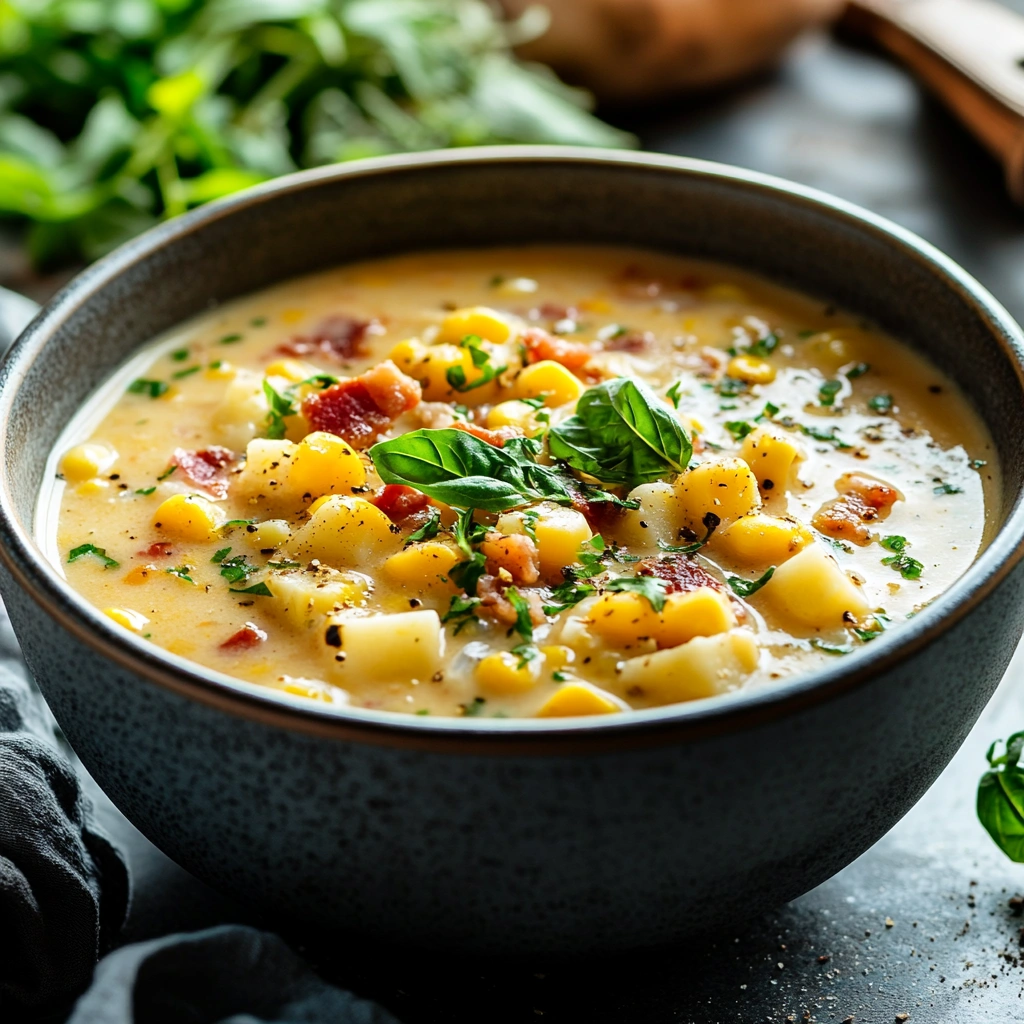
Serving Suggestions
Summer corn chowder pairs well with a variety of side dishes and garnishes that elevate both its flavor and presentation. A crusty sourdough or artisan bread is perfect for dipping and soaking up the creamy broth. For a lighter touch, serve it with a fresh green salad dressed with citrus vinaigrette or a tomato-cucumber salad to complement the soup’s sweetness.
Popular toppings include chopped chives, shredded cheese, crumbled bacon, and a drizzle of olive oil or hot sauce. A spoonful of sour cream or a sprinkle of smoked paprika can also add extra richness and color.
Although traditionally served warm, this chowder can also be enjoyed at room temperature—making it ideal for summer picnics or outdoor meals. Serve it in small cups for an appetizer or as a main course with accompaniments for a balanced, seasonal dinner.
Make-Ahead & Storage Tips
Corn chowder is an excellent make-ahead meal and stores well for several days. Once cooked, let it cool to room temperature, then transfer it to an airtight container. It will keep in the refrigerator for up to 4–5 days.
To reheat, warm it gently on the stovetop over medium-low heat, stirring occasionally to maintain its creamy consistency. If the chowder has thickened too much, add a splash of broth or milk while reheating. Avoid boiling it again, especially if it contains dairy, to prevent curdling.
While fresh corn chowder tastes best within a few days, it can also be frozen—though the texture may change slightly due to the dairy. For best results, freeze without cream or milk and add them after reheating. Store in a freezer-safe container for up to 2 months. Thaw overnight in the fridge before reheating. This makes it a convenient option for batch cooking and meal planning.
Nutritional Information (Optional Section)
A typical serving of summer corn chowder (about 1½ cups) contains approximately 250–350 calories, depending on the ingredients used. It provides moderate protein from milk and potatoes and is relatively low in fat unless bacon or heavy cream is added.
The soup is naturally gluten-free if thickened with blended potatoes rather than flour. For a dairy-free version, coconut or plant-based milk can be used. Corn offers dietary fiber and antioxidants like lutein and zeaxanthin, which support eye health.
For a lower-calorie version, opt for reduced-fat milk and limit starchy add-ins like extra potatoes or cheese.
Frequently Asked Questions (FAQs)
Can I use canned corn instead of fresh?
Yes, canned corn can be used in a pinch, but fresh or frozen corn is preferred for better texture and flavor. Be sure to drain and rinse canned corn before adding it to the soup to reduce excess salt or preservatives.
Can corn chowder be frozen?
Yes, corn chowder freezes well, but it’s best to do so before adding any cream or dairy. This helps prevent separation or graininess when reheated. Freeze in airtight containers for up to two months.
How do I thicken corn chowder without cream?
You can thicken the soup by blending a portion of it, especially the potatoes and corn. Alternatively, use a small amount of cornstarch slurry or add puréed cauliflower for extra body without dairy.
What are the best potatoes for chowder?
Yukon gold or red potatoes are ideal because they are waxy and hold their shape while providing natural creaminess. Russet potatoes can be used but may break down more quickly during cooking.
Is corn chowder gluten-free?
Yes, most corn chowders are naturally gluten-free, especially when thickened with blended vegetables rather than flour. Always double-check ingredients like broth for hidden gluten.
Can I make corn chowder in a slow cooker or Instant Pot?
Absolutely. In a slow cooker, combine all ingredients except cream and cook on low for 6–8 hours. Stir in the cream at the end. In an Instant Pot, cook on high pressure for 10 minutes, then quick release and blend as needed.
How do I make chowder less sweet if the corn is too sugary?
Add acid like lime juice or a splash of vinegar to balance the sweetness. A pinch of salt or some chili flakes can also help round out the flavor.
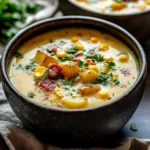
Summer Corn Chowder Recipe
Description
This Summer Corn Chowder is the perfect blend of fresh seasonal ingredients and creamy comfort. Made with sweet corn, tender potatoes, and aromatic herbs, this chowder is light enough for warm weather but still hearty and satisfying. Whether you’re using just-picked corn from the farmer’s market or frozen kernels from the freezer, this easy one-pot meal is quick to prepare and bursting with flavor. Ideal for weeknight dinners, meal prep, or even serving chilled at outdoor gatherings.
Ingredients
- 4 ears of fresh corn husks and silk removed
- 2 tablespoons unsalted butter
- 1 medium yellow onion finely chopped
- 2 celery stalks diced
- 2 medium carrots peeled and diced
- 3 medium Yukon Gold potatoes peeled and cubed
- 3 garlic cloves minced
- 4 cups chicken broth or vegetable broth for a vegetarian option
- 1 cup heavy cream or half-and-half for a lighter version
- 1 teaspoon smoked paprika
- 1/2 teaspoon dried thyme
- Salt and freshly ground black pepper to taste
- 1/4 cup fresh parsley chopped (plus more for garnish)
- Crumbled beef bacon shredded cheddar cheese, or extra parsley for toppings (optional)
Instructions
Step 1: Prep the corn
-
Slice the kernels off each cob using a sharp knife. Hold the cob upright in a large bowl to catch the kernels as they fall. Don’t toss the cobs just yet—we’ll use them for extra flavor in the broth.
Step 2: Sauté the veggies
-
In a large pot or Dutch oven, melt the butter over medium heat. Add the chopped onion, celery, and carrots, and sauté for about 5 minutes until softened and fragrant. Stir in the garlic and cook for another minute.
Step 3: Simmer the chowder base
-
Add the cubed potatoes, corn kernels, and corn cobs (yes, toss the bare cobs right in the pot!) to the pot. Pour in the chicken broth, smoked paprika, thyme, and a generous pinch of salt and pepper.
-
Bring everything to a gentle boil, then reduce the heat and let it simmer for 20 minutes, or until the potatoes are tender.
Step 4: Blend for creaminess
-
Remove the corn cobs from the pot and discard them. If you like your chowder creamy but with some texture (my favorite!), use an immersion blender to partially blend the soup. You can also transfer about 2 cups of the soup to a blender, puree it, and stir it back in.
Step 5: Add the cream and season
-
Stir in the heavy cream and fresh parsley, then taste and adjust the seasoning. Add extra salt or pepper as needed. Let the chowder warm through for a few minutes, but don’t let it boil after adding the cream.
Step 6: Serve and enjoy!
-
Ladle the chowder into bowls and garnish with your favorite toppings crumbled beef bacon, shredded cheese, or a sprinkle of parsley all work beautifully. Serve it with crusty bread or a simple side salad for the perfect summer meal.
Notes
-
Corn Tips: Fresh corn on the cob provides the best flavor. Simmer the stripped cobs in your broth for an extra boost of sweetness and depth.
-
Dairy-Free Option: Replace cream with canned coconut milk or a non-dairy creamer. The texture stays rich without the dairy.
-
Make It Vegan: Use vegetable broth and plant-based milk. Skip bacon or replace with smoked paprika or coconut bacon for flavor.
-
Texture Tip: For a thick, creamy chowder without flour, blend about one-third of the soup and stir it back in.
-
Add Protein: Stir in cooked shrimp, crab, or shredded rotisserie chicken to make this chowder a complete meal.
-
Spice It Up: Add jalapeños, chipotle powder, or red pepper flakes for a spicy variation.
-
Storage: Keeps in the fridge for up to 4–5 days. Can be frozen (preferably before adding cream) for up to 2 months.



